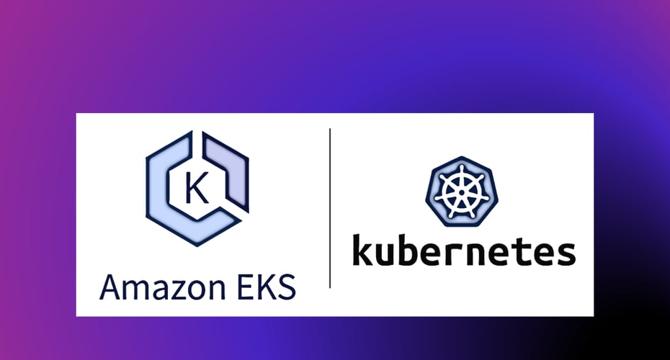Dev
3w
237

Image Credit: Dev
Introduction to Kubernetes & EKS: Learnings & Pitfalls
- Kubernetes (K8s) has become a critical tool for container orchestration, automating deployment, scaling, and management of containerized applications.
- Originating from Google, Kubernetes combines 15+ years of experience in production container workloads and was open-sourced in 2014.
- Key features of Kubernetes include automated rollouts, self-healing, service discovery, load balancing, namespaces, and various add-ons.
- Deploying to Kubernetes involves using kubectl, Infrastructure as Code (IaC), and Helm for managing resources and applications.
- While Kubernetes simplifies application management, it introduces complexities that require a deep understanding of its architecture.
- Amazon EKS simplifies Kubernetes management by offering a managed service, letting organizations focus on applications rather than infrastructure.
- EKS integrates seamlessly with AWS services for compute, monitoring, networking, security, storage, and autoscaling.
- A real-world customer use-case involved automating the build, deployment, and scalability of a web application fed with IoT streaming data.
- Challenges encountered include EKS Fargate limitations, CloudWatch observability setup, cost management, updates maintenance, and complexity.
- AWS continues to enhance EKS with new features like IAM cluster access management and extended Kubernetes version support.
- Kubernetes and EKS offer robust tools for managing containerized apps, with certifications like CKA, CKAD, and CKS recommended for those interested in the field.
Read Full Article
14 Likes
For uninterrupted reading, download the app